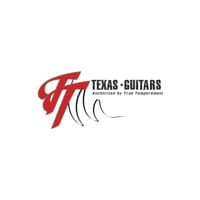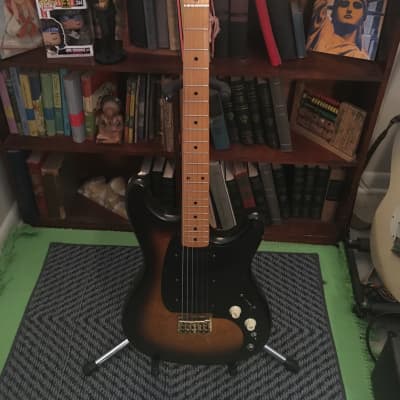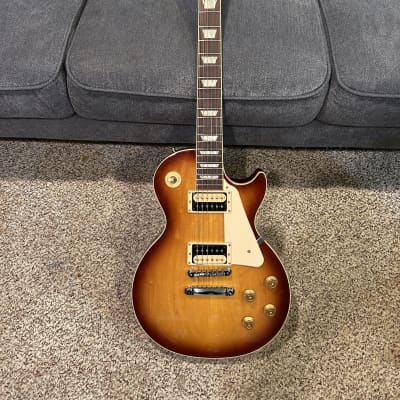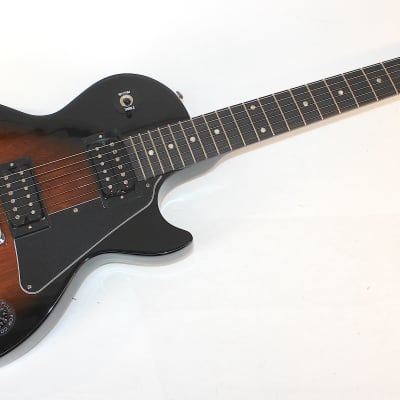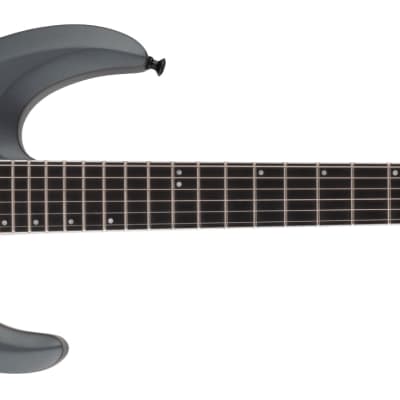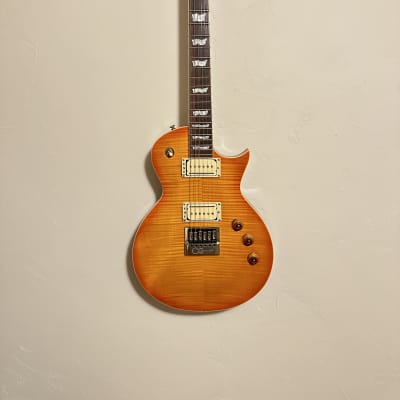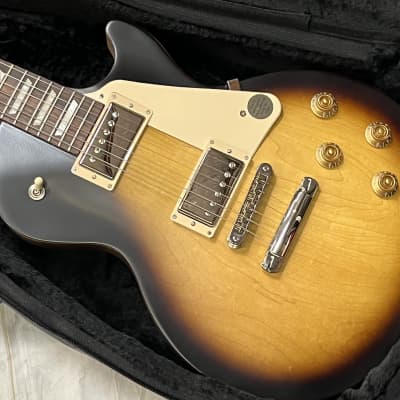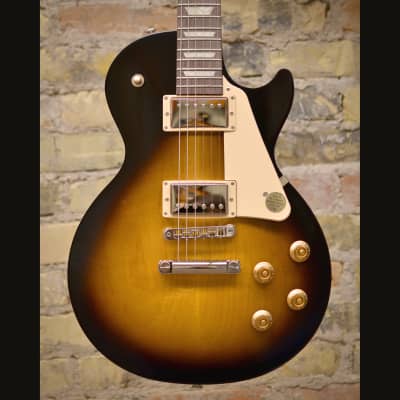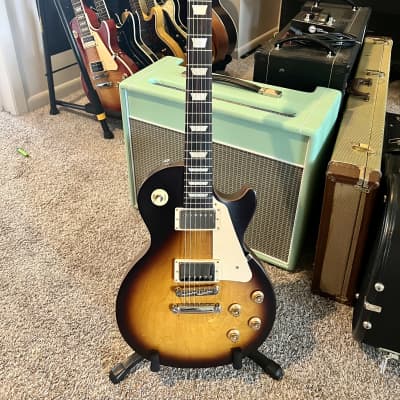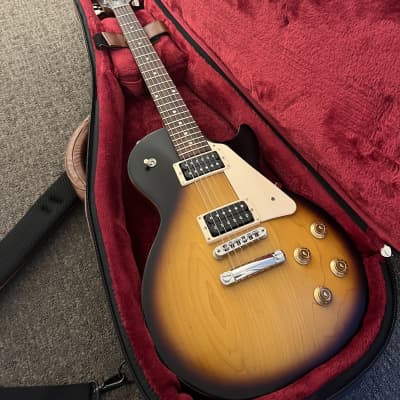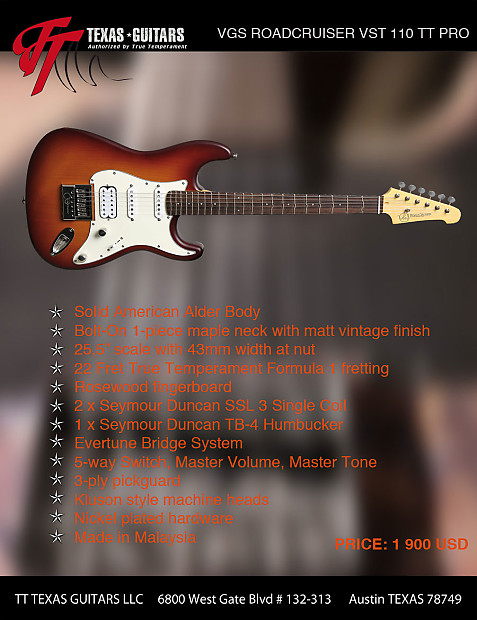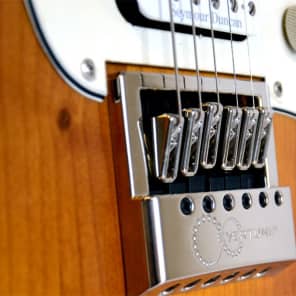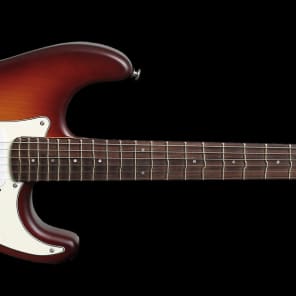Check out our brand new pearl from VGS. Who could ever
imagine that you would ever be able to buy a brand new guitar equipped with both
True Temperament AND Evertune for less than 3 000 USD. Well........ no you can!
We can guarantee you that there is NO guitar on Ebay that gives you this much
bang for your buck.
This is what you get:
* Solid American Alder Body
* Bolt-on 1-piece maple neck with matt vintage finish
* 25,5" Scale with 43mm width at the nut
* 22 Fret True Temperament Formula 1 Fretting System
* Rosewood Fingarboard with Mother of Pearl position dots
* 2 x Seymour Duncal SSL3 Single Coils
* 1 x Seymour Duncan TB-4 Humbucker
* 5-Way Switch, Master Volume, Master Tone
* 3-ply pickguard
* Kluson style machine heads
* Nickel plated hardware
If you are interested in the longer explanation about True Temperament, please read below:
What’s wrong with straight frets?
Standard equal tempered fret spacing is calculated from one single piece
of information about the instrument – the scale length (the
theoretical speaking length of the open strings). A divisor constant is
used to determine the locations of the frets. The scale length divided
by the constant gives the position of the first fret. The remaining
length after subtracting the first fret, divided by the same constant,
gives the position of the second fret, and so on.
The divisor used by all but a vanishingly small percentage of modern
guitar builders is 17.817152, a figure arrived at by way of the
logarithmic function “the 12th root of 2″ (1.0594631). This results in
precise mathematical fret spacing with the 12th fret at the exact centre
of the calculated scale length. If the calculation is repeated for 24
frets, the distance from the 24th fret to the theoretical bridge saddle
position will be exactly one-fourth of the calculated scale length. (The
residual error is ridiculously small, less than one ten thousandth of
an inch on popular guitar scales.) All very impressive. But this
mathematical model is a gross oversimplification. It ignores virtually
every physical parameter which governs the behaviour of vibrating
strings, except one – speaking length. Tension and mass are not even
considered.
The model assumes an “ideal” or “perfect” string – one which only
exists in theory, not in the real world. It assumes, firstly, that the
strings have no stiffness. Secondly, it assumes that all strings behave
identically, regardless of their thickness, whether they are plain or
wound, and the material they are made of. Thirdly, it assumes zero
string height – and completely ignores what happens when the strings are
pressed down on the frets!
The frequency of a vibrating string is determined by three factors:
the speaking length, its mass, and the tension applied. All three of
these factors are affected to varying degrees when a string is pressed
down on a fret. Along the neck, the length and mass decrease by 50% per
octave. Changing the length affects the stiffness. The tension is
affected by fretting the string, as the string height is not zero.
Pressing the string to the fret stretches the string slightly,
increasing the tension and thus sharpening the notes produced.
The strings themselves vary considerably in diameter and construction
(plain or wound), and thus react differently to being fretted. One
single adjustment per string at the bridge (“intonation”) cannot
possibly fully compensate for all these parameters at once, as they all
vary in different degrees on different strings.
The only way to fully compensate for all these parameters is to
adjust each and every string-to-fret contact point on the fingerboard
separately, until each and every note plays the target frequency
exactly. This, which is impossible on a guitar with traditional,
one-piece, straight frets, is exactly what we do with Dynamic
Intonation™, and Curved Frets™.
Previous attempts at implementing non-standard temperaments on the
guitar, or of adding extra intervals, have relied on adding extra frets,
or splitting the frets into separate pieces. This makes it very
difficult, if not impossible, to employ modern rock and blues playing
techniques like stringbending.
Our Curved Frets™ let you play the way you are used to!
For
more information about getting True Temperament installed on your
excisting guitar, please visit us at TT Texas Guitars Webpage.
